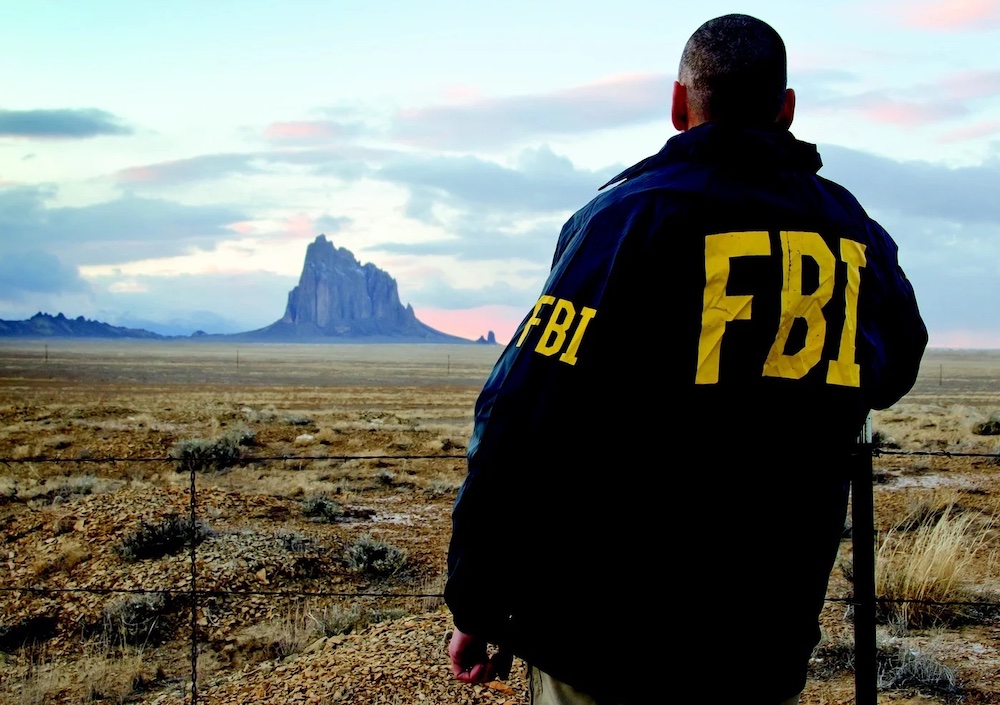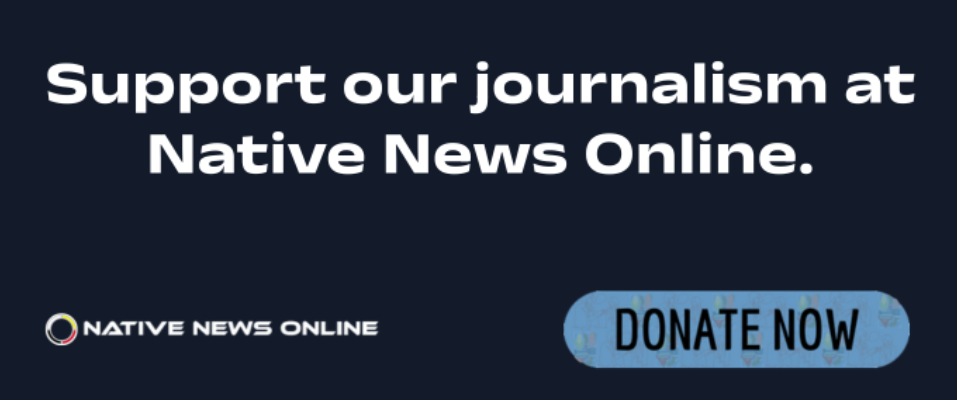
- Details
- By Elyse Wild
An FBI report on violent and sexual crimes against Native American women provides new data about the Missing and Murdered Indigenous Persons (MMIP) crisis.
The report, Violence Against American Indian or Alaska Native Females: 2021 - 2023, uses data from the National Incident-Based Reporting System (NIBRS) to identify relationships between victims and offenders, weapons used, locations of incidents, and ages of victims in both violent crimes and victims of sexual crimes.
Native Americans face murder rates that are ten times the national average, with homicide ranking among the top 10 causes of death for Native women. While the Bureau of Indian Affairs estimates there are 4,200 unsolved MMIP cases, advocates say the actual number is likely higher. Family members of MMIP victims and survivors have brought national attention to the disproportionate rates of violence Native women face and the large number of unsolved cases. Despite increased federal resources, inconsistent record-keeping across jurisdictions and limited data continue to complicate efforts to address the crisis.
The FBI report analyzed nearly 35,000 incidents of violent and sexual crimes committed against Native American women. Key findings show that firearms are commonly used against the victims of violent crimes, while personal weapons are used to commit sexual offenses. Most offenses occur at residences. Native American adults are most often victims of violence, while Native juveniles make up most victims of sexual offenses.
Haley Omeasoo (Hopi, Blackfeet), executive director of MMIP nonprofit Ohkomi Forensics, wrote in an email to Native News Online that the report is an important step to improving the quality of data on the MMIP crisis.
“Working in the forensics field and advocating for MMIP cases, I get asked all the time what the statistics are concerning violence against Indigenous women and people,” Omeasoo wrote “Every time I tell them that I can give you the information that is available online, but most often times these statistics are inaccurate and an undercount. Whether it’s due to underreporting or racial and gender misclassification, there is just not an accurate data representation for Natives in these larger databases.”
Pinpointing trends in the violence that characterize the MMIP crisis could help direct resources — funding for public safety and victim support, for instance — to where they will be most effective.
“It’s super important to collect and analyze this information pertaining to violence against Indigenous people in the FBI special reports because we get a better idea of the extent and severity of the MMIP epidemic,” Omeasoo continued. “Especially with the incidents occurring often by an intimate partner. So, these aren’t just crimes that are occurring to Natives by unknown, non-native assailants; these are happening within our own home communities, and this report is evidence that there needs to be more resources being offered to ensure the safety of our people.”
More Stories Like This
Johns Hopkins Collecting Tribal Success Stories from $1.5B Opioid SettlementArizona MMIP Task Force Holds Listening Session for Survivors and Families
‘A good stew is a story’ Blackfeet buffalo rancher shares Three Sisters Buffalo Stew recipe
National Indian Health Board Urges Congress to Extend Enhanced Premium Tax Credits
$1.25 Million Grant Gives Hope to Tolowa Dee-ni' Nation Amid Housing Crisis


